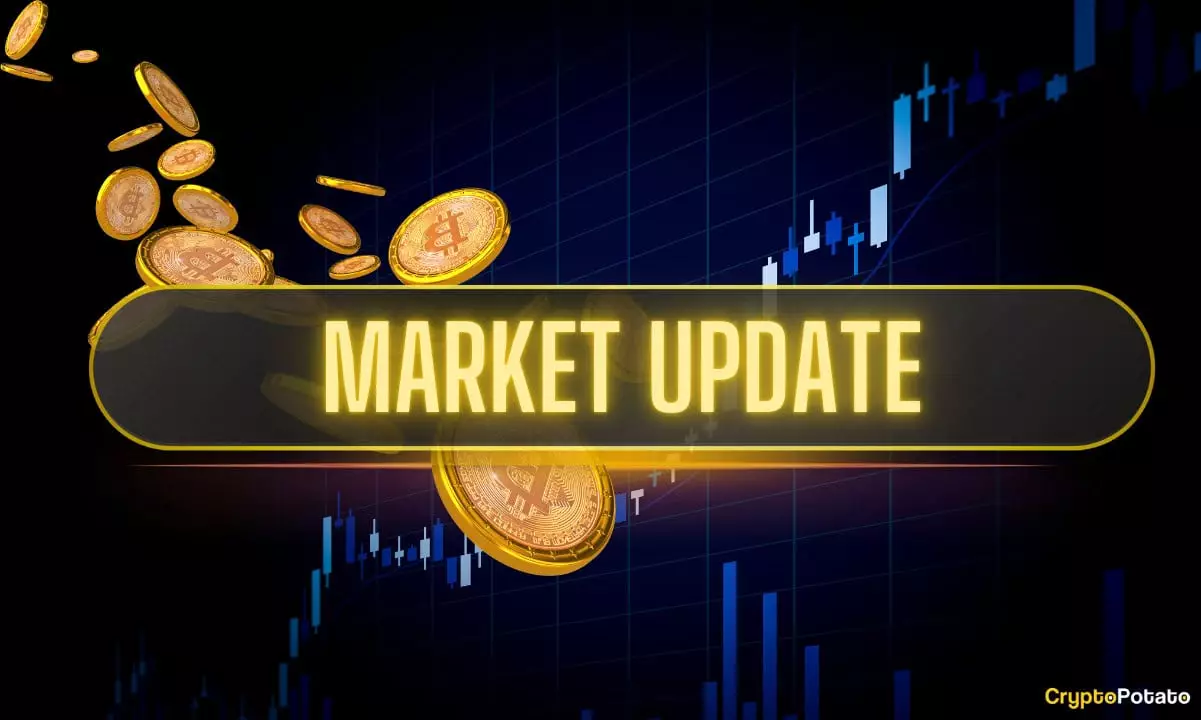Despite a robust performance over the past week—culminating in nearly 30% gains for the second quarter—the recent surge of Bitcoin to around $109,000 is not as reassuring as it first appears. Many investors and market observers are quick to laud the price rally, yet beneath the surface lies a precarious foundation rooted in macroeconomic maneuvers and political volatility. The fact that Bitcoin rebounded swiftly after dipping following the passage of a colossal legislative package signals both resilience and underlying fragility. For the pragmatic investor who values stability and fiscal responsibility, this rapid recovery may be a cautionary pointer—markets remain heavily tethered to unpredictable political decisions and monetary policy shifts.
Analysts remain sharply divided on the short-term trajectory, with some (like Standard Chartered) envisioning a meteoric rise to $200,000 by year’s end, while others (notably BitMEX and its co-founder Arthur Hayes) warn of potential dips to $90,000. These conflicting predictions underscore a broader truth: in an environment rife with geopolitical and legislative turbulence, Bitcoin’s price acts more like a volatile mirror than a stable store of value. For the center-right investor, this suggests a need for circumspection rather than blind optimism.
The Political Climate: A Double-Edged Sword
The political landscape is undeniably a significant driver of Bitcoin’s recent movements. The passage of Trump’s “One Big Beautiful Bill,” a sprawling $5 trillion legislative effort, is a textbook example of how fiscal policy can impact the crypto sphere. While the bill makes certain tax cuts permanent and lifts the debt ceiling, it also signals rising inflationary pressures and an acceleration of US debt—factors that many argue bolster Bitcoin’s appeal as a hedge against currency devaluation.
However, this perspective masks a critical reality: such massive spending raises fundamental questions about long-term fiscal discipline. For conservatives who advocate for responsible governance, the bill’s rollback of Medicaid expansion and green energy incentives might be seen as a step backward—yet for Bitcoin supporters, it’s a catalyst for growth. The inflationary environment created by such spending could very well accelerate Bitcoin adoption, but it must be acknowledged that this route is riddled with risks. Excessive government borrowing and spending can sow the seeds of economic instability, ultimately undermining confidence in traditional currencies while pushing investors toward digital assets—often prematurely and without proper safeguards.
Furthermore, the political sparring, exemplified by Elon Musk’s critique of the bill’s energy and debt implications—followed by Donald Trump’s retaliatory jabs—highlight an environment of instability that could influence the crypto market’s trajectory. Such high-level discord signals that regulatory and political risks remain elevated, making Bitcoin an increasingly volatile asset for guardians of fiscal prudence.
Regulation and Market Sentiment: A Balancing Act
While regulatory developments are often portrayed as hurdles, they are in fact catalysts for institutional adoption—if navigated wisely. The recent removal of a crypto tax relief amendment disappointed with miners and stakers, revealing a lingering nervousness among policymakers to fully embrace the freewheeling nature of digital assets. Yet, the growing chatter around establishing a US strategic Bitcoin reserve hints at a subtle shift in policy acceptance, possibly laying the groundwork for more structured regulatory frameworks.
For the pragmatic middle ground—center-right leaning investors—these regulatory signals demand cautious optimism. On one hand, clear legal boundaries could provide necessary legitimacy, preventing the market from descending into chaos. On the other, overregulation risks stifling innovation, especially for smaller players and retail investors. The debate over ETFs, with the SEC poised to approve spot-based XRP, ADA, and SOL funds, exemplifies this tension. These products have the potential to channel mainstream dollars into crypto, but only if regulatory clarity reduces fears of sudden clampdowns.
In this intricate dance, conservative investors should remain alert to the political winds that could sway regulatory policies—either towards heavier oversight or, ideally, a more balanced approach that fosters innovation without jeopardizing stability.
Strategic Considerations: Choosing Stability in a Turbulent Market
At its core, the recent surge in Bitcoin’s price may tempt many into complacency—yet it presents a false sense of security. The dichotomy between short-term gains and long-term risks is stark. For those inclined to prioritize stability and fiscal discipline, Bitcoin’s rally resembles a high-wire act: impressive yet perilous. The explosive growth, driven heavily by fear of fiat devaluation amid rising debt loads, underscores a fundamental shift—cryptocurrencies are becoming a refuge for those who distrust the growing fiscal irresponsibility of large governments.
However, this does not mean that Bitcoin is inherently invulnerable. The macroeconomic environment remains volatile, with Central Banks grappling with inflation, interest rate hikes, and geopolitical tensions. Regulatory uncertainty continues to loom, especially as the government embarks on a more aggressive oversight trajectory. Conservative investors should recognize that Bitcoin’s recent performance is less a sign of maturity and more a reflection of unease with traditional financial systems.
The smarter approach involves cautious exposure—hedging long-term holdings with diversified assets, maintaining skepticism of overly optimistic forecasts, and advocating for transparency and accountability from policymakers. Bitcoin’s sharp rally could be short-lived if foundational economic and political concerns are not addressed, and market participants should avoid the trap of equating upward price movements with long-term stability.
In sum, while the recent week’s gains are undeniable, they do not absolve Bitcoin from the profound risks simmering beneath the surface. A vigilant, center-right approach demands skepticism of hype, appreciation for fiscal responsibility, and recognition that markets often react more to fear and uncertainty than to fundamentals.
















Leave a Reply